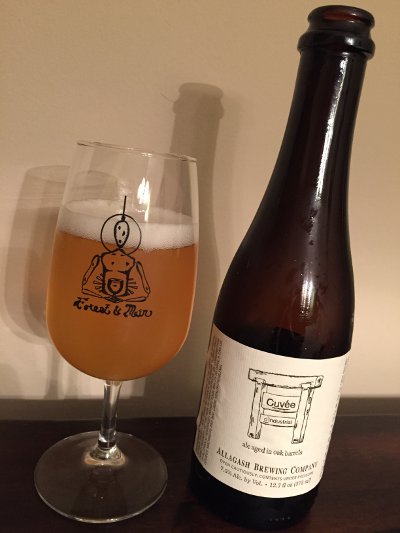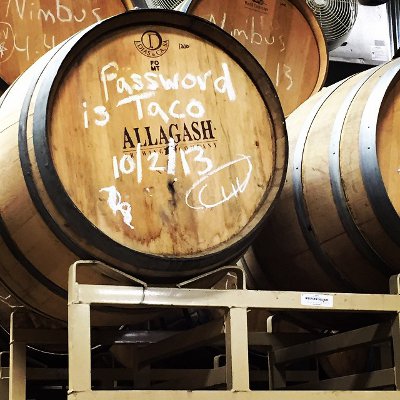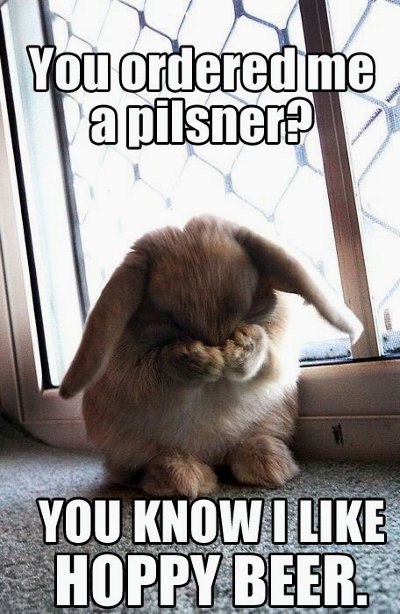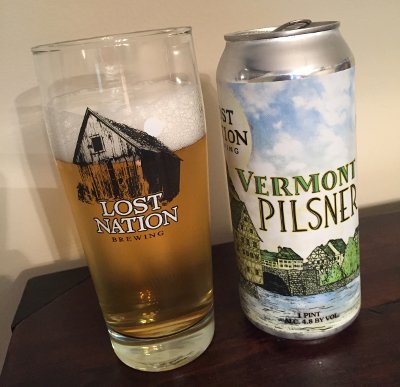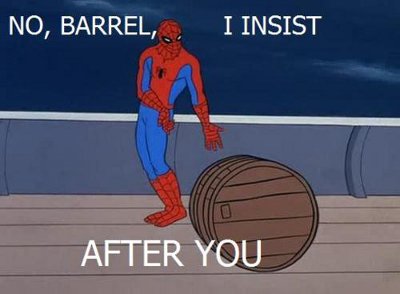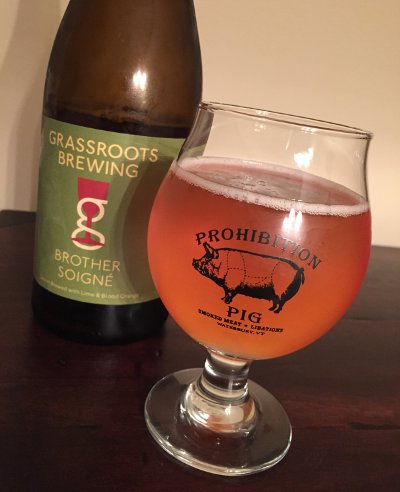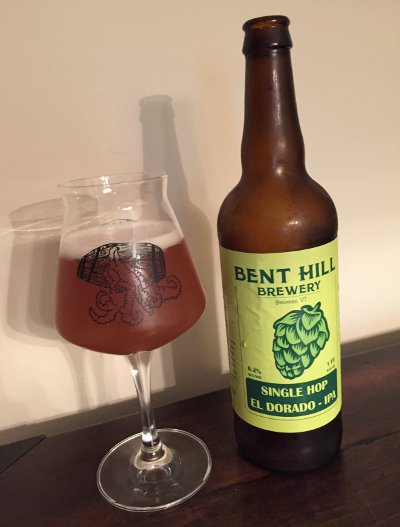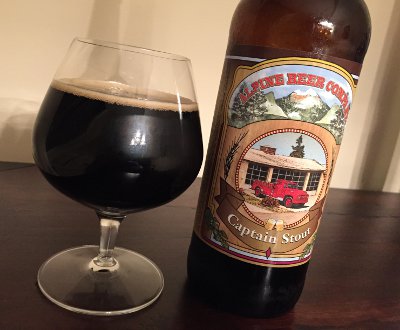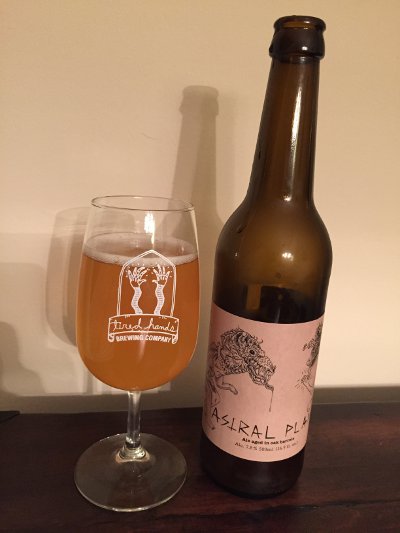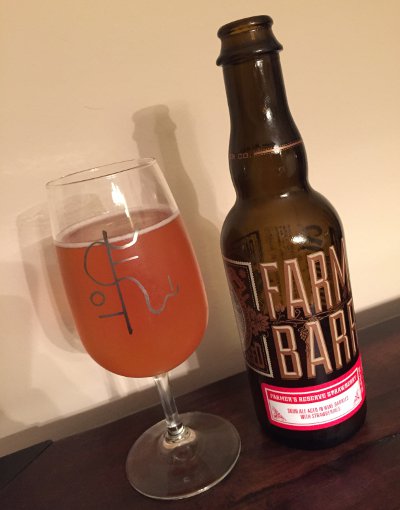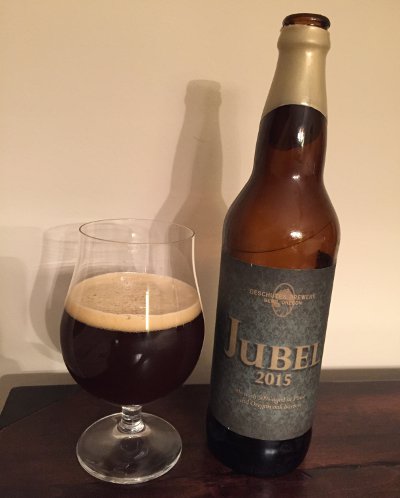Here at Kaedrin, we’re big fans of FiftyFifty’s Eclipse series of imperial stouts aged in various whiskey barrels. The idea is that you start with the same base beer but age it in different expressions of bourbon and rye. Since the aging period is the same (about 6 months), the only real variable here is the different expressions of whiskey (and the myriad variables that apply to each barrel). In my experience, this has produced some modest but definitely noticeable differences in the resulting beers. For instance, my two favorite expressions of 2012 were the Rittenhouse Rye (very rich and caramelly, oak forward) and Elijah Craig 12 (more roast from the base was retained here, but it’s also got a nice richness to it). Then there were a couple that sorta fell between those two in terms of the amount of roast retained after the barrel character. From the most recent batch, I had the super bourbon forward (but not as oaky) Evan Williams 23 Year and the more chocolaty Woodford Reserve. And so on.
The problem with all this? I was drinking all these beers on separate occasions. Could I simply be making up all these differences? The only way to really tell would be to try them all together… but who can put down several bombers of 11.9% ABV stout in one sitting? Look, I’ve drank some heavy hitters in a single session more times than I should admit, but taking on several Eclipse bottles solo just ain’t realistic. So earlier this year, I resolved to gather as many variants as I could, then hold a comparative tasting and spread the wealth with a bunch of friends. As such, this happened:
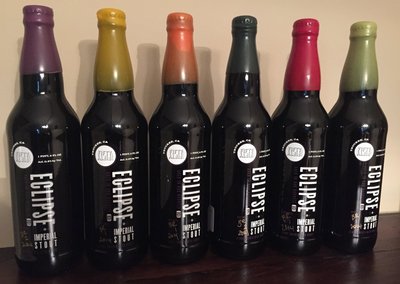
That’s six variants, split across five tasters. Each taster ranked the beers from 6 down to 1 (with 6 being the best and 1 being the worst) based on approximately 4 ounces per variant. 24 ounces per person is much more approachable than 132 ounces. The general methodology was semi-blind. The bottles don’t actually say which bourbon barrels were used, but you can determine the provenance by looking up the wax color. I’m the only person in the group of five who knew anything about that, so I figured that was blind enough.
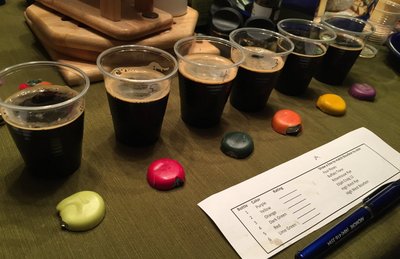
It was way more difficult to differentiate than I thought it would be. This could be for any number of reasons. We’re about 8 months after release, so their distinctive natures may have mellowed out some. Lord knows my basement ain’t exactly the most controlled cellaring environment, which might also have had an impact. Also, much of my memory of these beers comes from the 2012 variants, which were 9% ABV. This year’s batch clocks in at 11.9% ABV, which is significantly different. Add in the inherent unpredictability of barrel aging, and you’ve got some more factors there. Plus, we sampled a few other things before the tasting proper started. I know, I’m the worst. I should totally have locked each attendee in a hermetically sealed room and forced them to sample the beers in absolute silence, but I didn’t have the heart (or firepower) to do so.
Now, it wasn’t impossible to detect differences, and indeed, I had a very clear favorite (Elijah Craig 12) and a very clear least-favorite (High West Bourbon). I kept going back and forth between Rittenhouse Rye and Buffalo Trace as my second favorite, and honestly, I could probably have thrown Four Roses in with those two as well. The High West Rye expression wasn’t really there for me either (but hey, I’ll drink a dram of Rendezvous Rye anytime guys). Of course, there were four other tasters, so here’s the scientific ranking of these six Eclipse variants:
- Buffalo Trace (4.8 avg score)
- Four Roses (4.4 avg score)
- Elijah Craig 12 (4.4 avg score)
- Rittenhouse Rye (2.8 avg score)
- High West Bourbon (2.6 avg score)
- High West Rye (2.0 avg score)
Some things to consider here:
- Four Roses and Elijah Craig 12 tied for second place, but it’s worth noting that EC12 had the highest Standard Deviation in the tasting (at 2.07) and Four Roses was somewhere on the lower end of the pack (1.34). So I slotted Four Roses in at #2.
- Speaking of Standard Deviation, the best of these were, perhaps not surprisingly, the worst and best beers. High West Rye has the lowest Standard Deviation with 0.71, while Buffalo Trace sported a respectable 1.1. So basically, no one particularly liked High West Rye, and pretty much everyone thought Buffalo Trace was good.
- One ballot could be said to be a slight outlier, in that they did seem to drive the two highest Standard Deviations. In one case, they rated Elijah Craig a 1 (other ratings were 6, 6, 5, and 4) and in the other, they rated High West Bourbon a 5 (other ratings were 1, 1, 3, 3). I also ended up ranking Rittenhouse Rye much higher than anyone else, but the effect wasn’t as dramatic there. Otherwise we were generally in line with each other, which seems pretty good!
- No single variant got more than 2 of the highest rating (both Buffalo Trace and Elijah Craig accomplished that feat). Four Roses also garnered 1 of the highest rating. Rittenhouse Rye and the High West variants did not manage clear that bar.
- In terms of the lowest rating, only High West Bourbon managed to get 2 of those (which is why the outlier threw things off on this one).
- On the scoring sheet I made, I also listed out the bourbons in a random order to see if anyone could match the color to the bourbon. Two people got one of these correct, one person didn’t even try, and the other person literally wrote “NFC” meaning “No Fucking Clue” (I already knew the answers, so didn’t participate in that part).
- None of us are particularly accomplished whiskey drinkers, but one person said their absolute favorite bourbon was Four Roses, and they actually did end up pegging the Four Roses variant as their favorite. Way to go!
- None of the beers were considered actually bad, and everyone seemed to like all the variants. So the High West Stuff might not quite stack up to the rest, but they’re still pretty good in the grand scheme of things…
Full data set is on Google Sheets and publicly viewable, in case you want to do your own number crunching.
It was a very fun evening, and a very interesting exercise too. If I were to do something like this again, I’d try to go for fresher bottles, and less variants, but even so, I was still pretty happy with the tasting.
